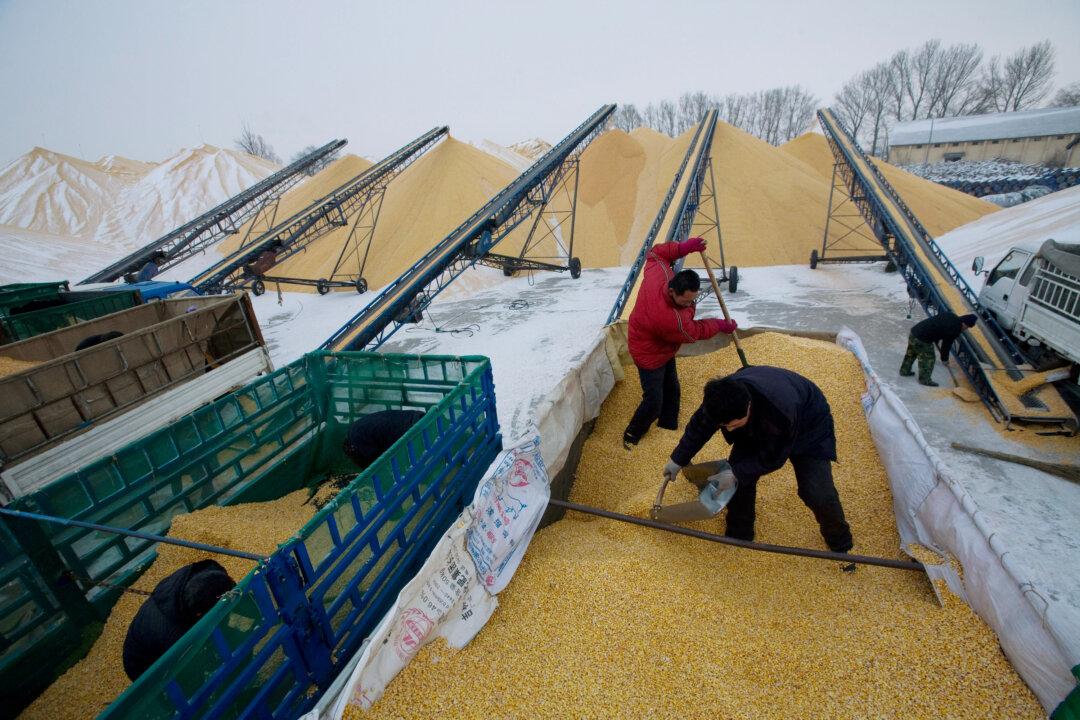The Chinese regime recently held a nationwide video conference for officials in charge of the country’s grain reserves, urging them to complete inspections.
Given the timing, observers believe the Chinese regime is seeking assurances that the country has enough food supply in the event that U.S. agricultural imports are impacted amid U.S.–China trade talks.





